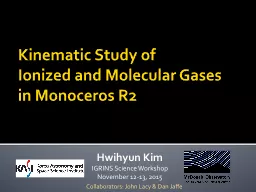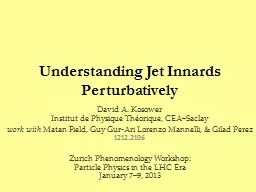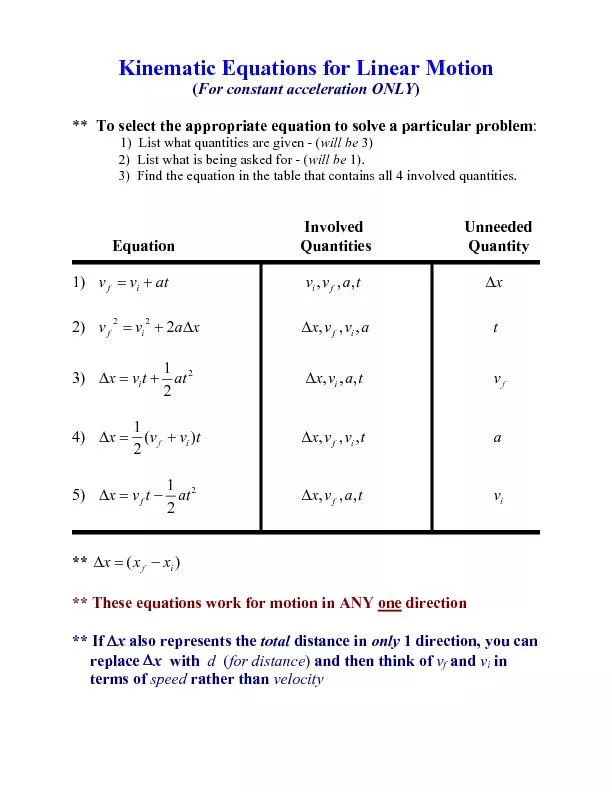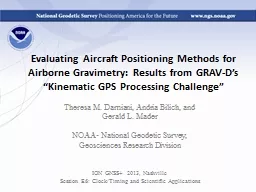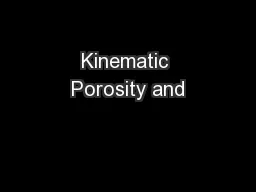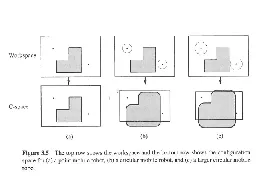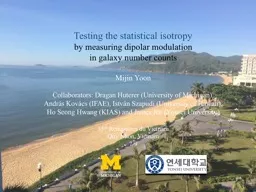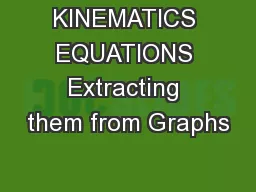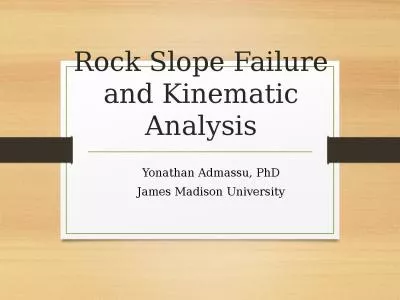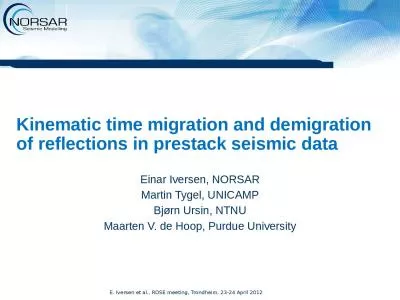PPT-Kinematic Study of
Author : jane-oiler | Published Date : 2018-01-23
Ionized and Molecular Gases in Monoceros R2 Hwihyun Kim IGRINS Science Workshop November 1213 2015 Collaborators John Lacy amp Dan Jaffe Mon R2 RA6 h 7 m Dec623
Presentation Embed Code
Download Presentation
Download Presentation The PPT/PDF document "Kinematic Study of" is the property of its rightful owner. Permission is granted to download and print the materials on this website for personal, non-commercial use only, and to display it on your personal computer provided you do not modify the materials and that you retain all copyright notices contained in the materials. By downloading content from our website, you accept the terms of this agreement.
Kinematic Study of: Transcript
Download Rules Of Document
"Kinematic Study of"The content belongs to its owner. You may download and print it for personal use, without modification, and keep all copyright notices. By downloading, you agree to these terms.
Related Documents

